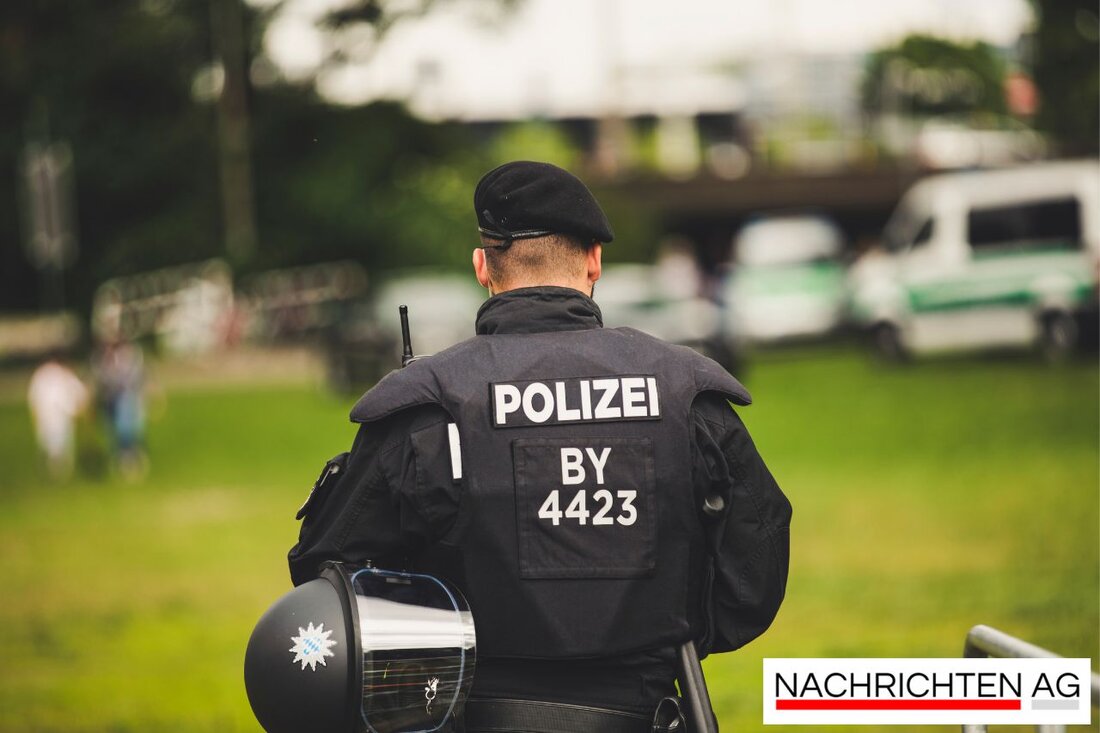A courageous look back: Reading about the popular uprising of June 17, 1953
On June 16, 2025, Alexander K. Ammer will present his book about the GDR popular uprising of 1953 in Genthin.

A courageous look back: Reading about the popular uprising of June 17, 1953
The excitement surrounding the popular uprising on June 17, 1953 in the GDR is continually rekindled - not least through a book presentation in Genthin. On June 16, 2025, the moving film footage taken by DEFA cameraman Albert Ammer and his colleague Jutta-Regina Lau will be presented. These historical images show happy and jubilant people who radiate hope for change. Unfortunately, the cameraman didn't have much time to celebrate because he was arrested on June 18th and spent three years in a GDR prison. The filmmakers' son, Alexander K. Ammer, has now rediscovered the recordings and is dedicating a biographical-historical novel to them called “Albert's Pictures Remain.” This event takes place in the “Edlef Köppen” city and district library in Genthin. Anyone interested can register by phone or email. The event is organized by the Jerichower Land Library Support Association. V. supports.
The uprising, which mobilized over a million people, was not a guided action, but a spontaneous mass uprising in over 700 cities in the GDR, triggered by the brutal conditions under the SED regime and repressive politics. On June 17th alone, more than 100,000 people gathered in Halle to protest against the oppressive measures, while riots also broke out in other cities such as Bitterfeld and Jessen. People quickly demanded change: “Down with the SED”, “free elections” and the “release of political prisoners” – these were just some of the cries that echoed through the streets. In Bitterfeld, for example, up to 50,000 people gathered and freed 50 political prisoners from the hands of the authorities.
The regime's reaction
But the GDR leadership's response to these demands was brutal. The Soviet troops moved into the cities while the police were overwhelmed by the situation. By the end of the day, a state of emergency was declared and the protests, which initially began peacefully, ended in bloody clashes. In Halle, for example, the demonstrators had to mourn the deaths of seven people. A total of 55 deaths were documented, including minors. This not only led to a rethink within the population, but also increased the repression by the SED regime, which later led to the creation of the Stasi.
The exciting events of June 17, 1953 cast a shadow that continues to this day and are still an important chapter in German history. A chapter that Alexander K. Ammer illuminates with a lot of heart and history in his book. With his films and memories, he reminds us how strong the urge for freedom can be - a message that still has weight today.
Anyone interested in this moving story has the opportunity to find out more about it and perhaps even take a look at the book “Albert's Pictures Remain”. Anyone interested can register for the event in Genthin using the telephone number or email address provided.

 Suche
Suche